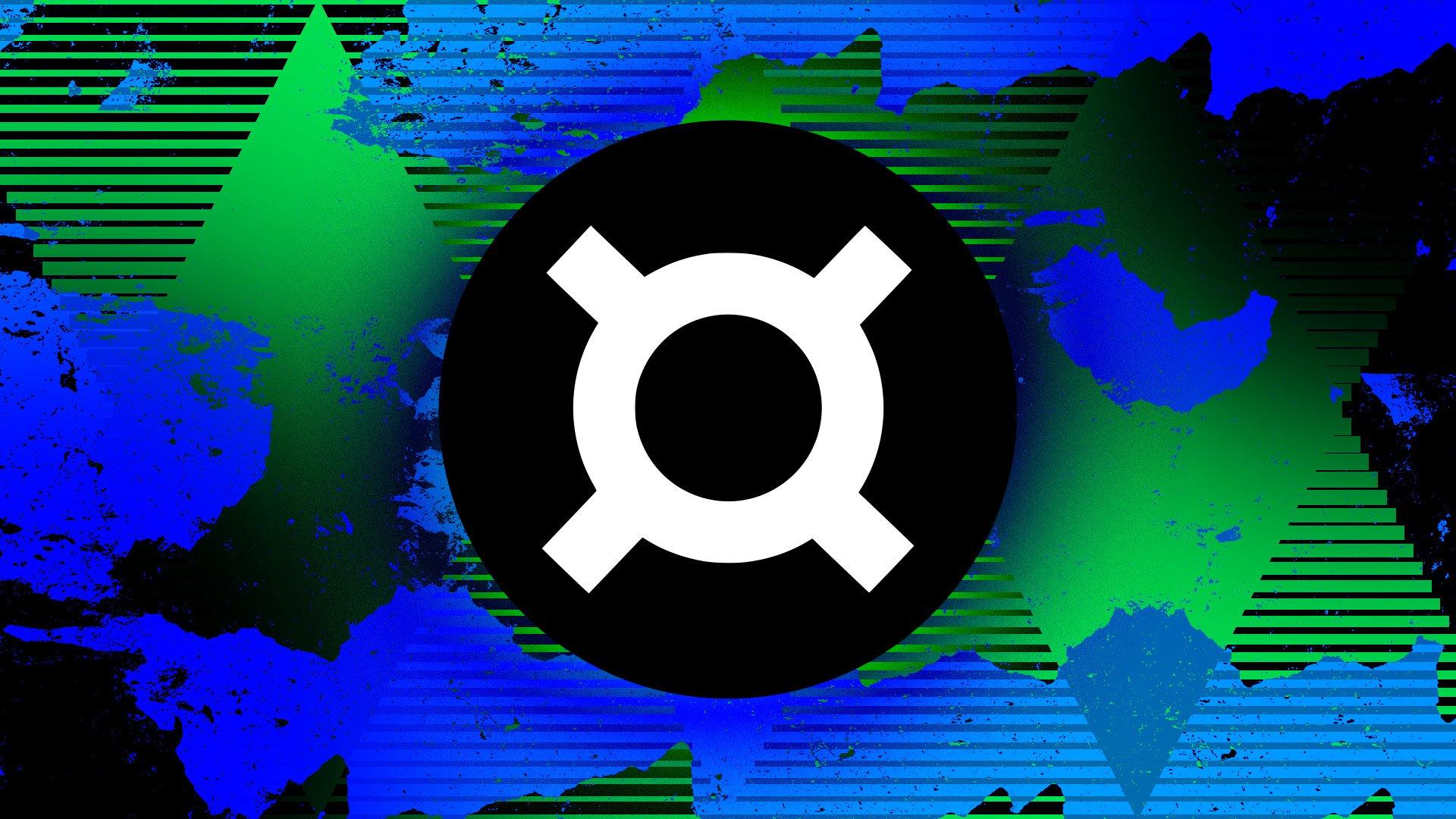In a major move that could redefine the world of stablecoins, Securitize, the firm behind BlackRock’s BUIDL token, has proposed integrating BUIDL as a key backing asset for Frax USD, a prominent decentralized stablecoin. This proposal, still awaiting approval from Frax’s governance system, aims to reshape how stablecoins are backed and managed in the future, offering a bridge between traditional finance (TradFi) and decentralized finance (DeFi).
The Big Idea: A New Kind of Stablecoin
Frax Finance, known for its decentralized approach to stablecoins, is gearing up to relaunch its Frax USD (frxUSD). This relaunch would see the stablecoin backed by a blend of high-quality assets, including the innovative BUIDL token from BlackRock. The concept of adding BUIDL as a backing asset is not only about creating a stablecoin but about combining the strengths of both TradFi and DeFi.
The BUIDL token represents a tokenized version of a BlackRock money market fund, with over $530 million in assets, mostly in U.S. Treasury bills. These Treasury bills are considered one of the safest investments, which could give Frax USD a unique edge in terms of security and reliability.
Why It’s Important: A Safer, More Flexible Stablecoin
By integrating BUIDL, Frax USD would be backed by assets that are as secure as possible in the financial world—U.S. Treasury bills. This could make Frax USD less volatile and more attractive to users who want stability, which is crucial for any stablecoin. Furthermore, this integration could reduce the risk of having third-party counterparty issues, as BUIDL’s assets are directly managed by BlackRock, a trusted player in the financial industry.
In addition to stability, Frax Finance is introducing a new mint-redeem system. This system would allow users to directly mint or redeem frxUSD tokens with BUIDL, creating a 1-to-1 exchange. This means that anyone who holds BUIDL can exchange it for frxUSD easily, which could increase the demand for Frax USD and boost its adoption.
What’s Next? Expanding the Backing Assets
The proposal is still in the works, but early feedback has been overwhelmingly positive. Frax’s decentralized community (the DAO) sees this as a major step in combining the best of TradFi and DeFi. Moreover, Frax plans to introduce other forms of backing for its stablecoin, including assets from Superstate, a competing tokenized fund platform. These assets would also allow for the minting and redeeming of frxUSD in a secure and scalable manner.
In essence, if this proposal passes, Frax USD could lead the way in stablecoin innovation, providing a more stable and flexible digital currency that benefits from the security of traditional financial assets, but with the decentralized power of blockchain.
Why You Should Care
For anyone interested in the future of finance, this proposal represents a crucial development. The integration of traditional financial assets like U.S. Treasury bills with decentralized technologies could be a game-changer, potentially paving the way for more stable and trusted digital currencies. This is a perfect example of how innovation is reshaping the financial landscape, blending the old with the new.
If you want to stay ahead in the crypto and blockchain space, understanding how stablecoins evolve and how major players like BlackRock are getting involved is essential. This move could not only impact the stability of Frax USD but also influence the future of other stablecoins and the broader cryptocurrency ecosystem. Keep an eye on this, as it could shape the way we use and think about money in the future.



